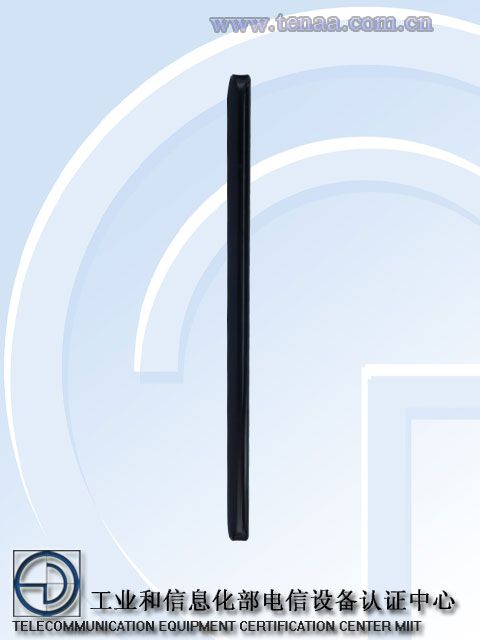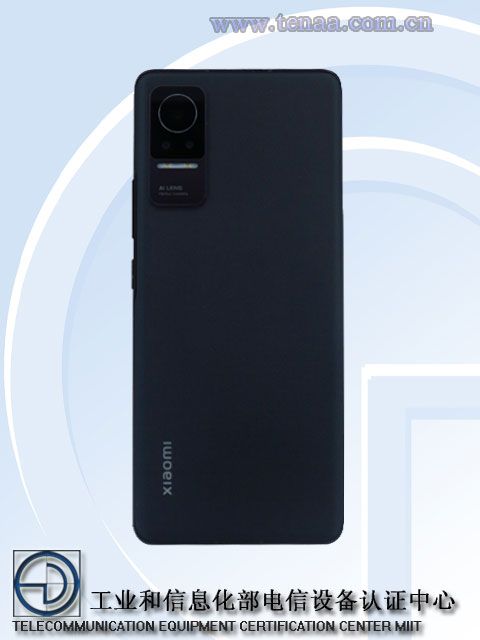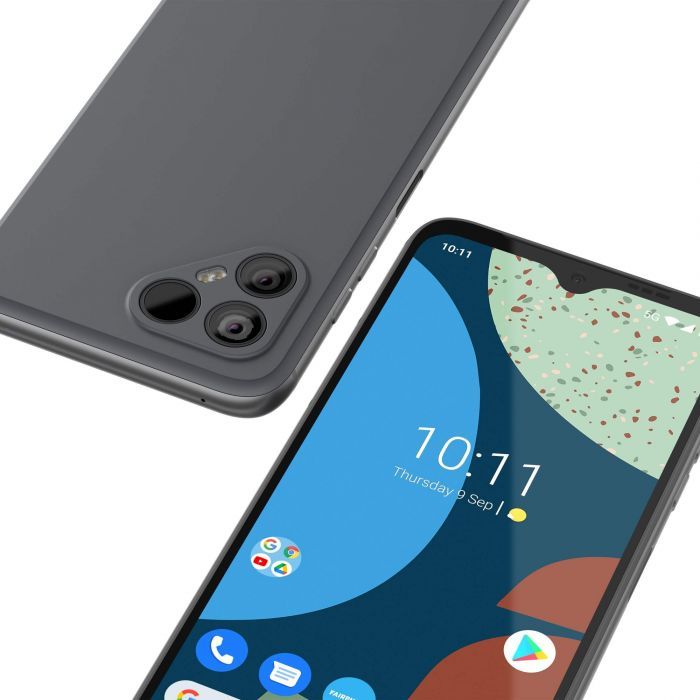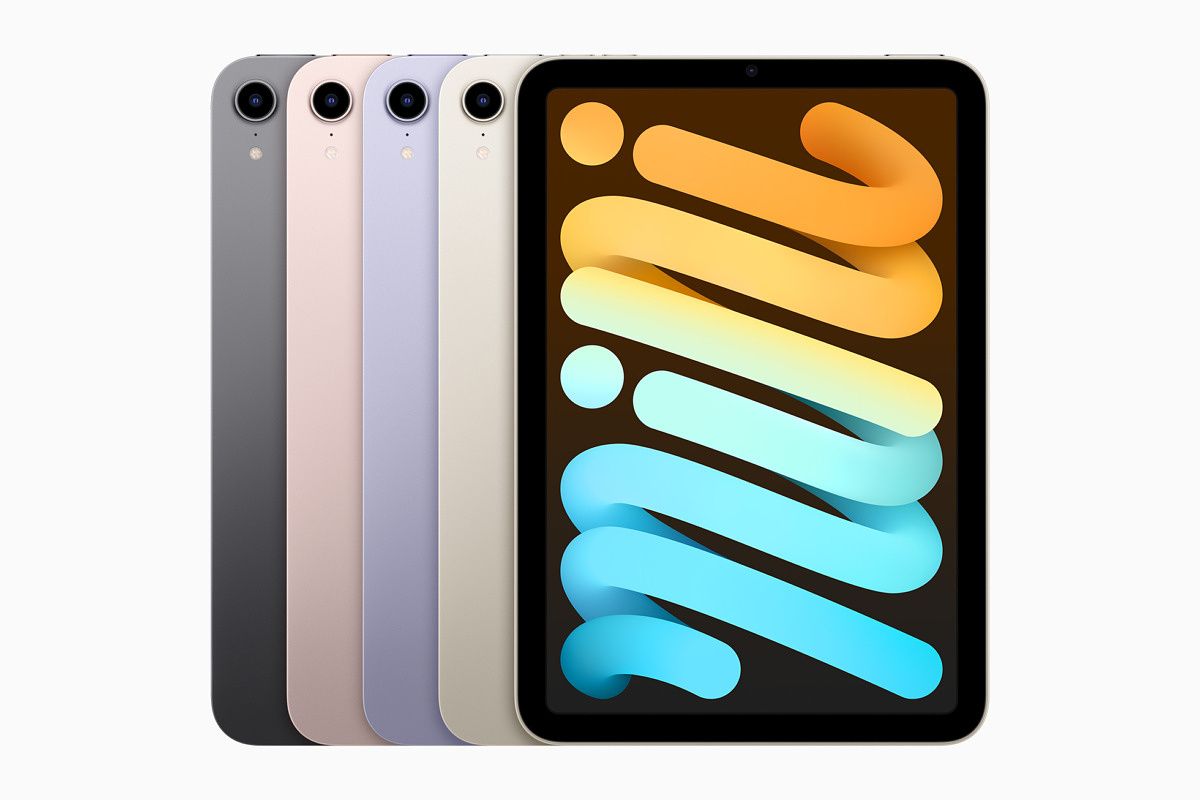Apple’s iPad series has been considered the best tablet on the market for well over a decade, and while challengers running Windows and Android have stepped up their game in recent years, the most polished and well-rounded tablet with the best app ecosystem is still Apple’s machine.
But there are so many iPads out there that average consumers may start to get confused. While obviously the newer iPads will be better than the older ones, Apple has released some great hardware over the years. Combined with great software support, many users would get better value out of older hardware thanks to lower pricing, discounts, and offers.
Navigating this entire maze of decisions can be difficult though. That’s where we come in. Here are the best iPads to buy depending on your need or budget.
Navigate this guide:
If you’re looking to get a tablet but don’t want an Apple device, check out our guides for the Best Android tablets and the Best Windows tablets.
Best iPad money can buy: iPad Pro (2021, 12.9-inch)

The 12.9 inch, 2021 model iPad Pro is so powerful, it’s almost overkill for an iPad. It runs on the same M1 chip that dropped jaws and garnered gushy praises last year when it debuted inside Macs, sports a mini LED screen that gets up to 1,000 nits in brightness, and on 1TB and 2TB models even comes with 16GB of RAM, which is unheard of for an Apple mobile device.
Even if you get the lower-storage model with “just” 8GB of RAM, this iPad Pro is going to perform every task you throw at it without breaking a sweat thanks to iPadOS’ excellent optimization and that aforementioned M1 chip, which outperforms Intel Core i9 processors in many tasks. If you’ve decided an iPad can be your full-time work machine, this 2021 12.9-inch model, paired with Apple’s Magic Keyboard case, is the way to go. If you need the absolute best tablet, this is it.
The new M1-powered iPad Pro not only has the most powerful mobile chip in the world, it also has the best screen Apple has ever used on its non-iPhone devices: a gorgeous Mini LED panel that gets bright and bold.
Also Great: iPad Pro (2021, 11-inch)

If you want to save a bit of money, the smaller 11 inch model of the 2021 iPad Pro still offers the M1 chip, Thunderbolt USB-C port, and “TrueDepth” camera system with a LiDAR scanner. But it lacks the groundbreaking mini LED panel used by its larger sibling. Still, the screen here (a more traditional LCD panel) is no slouch, and it still refreshes at 120Hz for smoother animations.
You also get the very useful “Center Stage” feature that allows the iPad’s front-facing camera to automatically track your face and keeping you center-framed during video calls.
The smaller 2021 iPad Pro may not have that mini LED screen, but it's still powered by the M1 and has all the same software functionality and features as the larger model.
Best iPad for most people: iPad Air (2020)
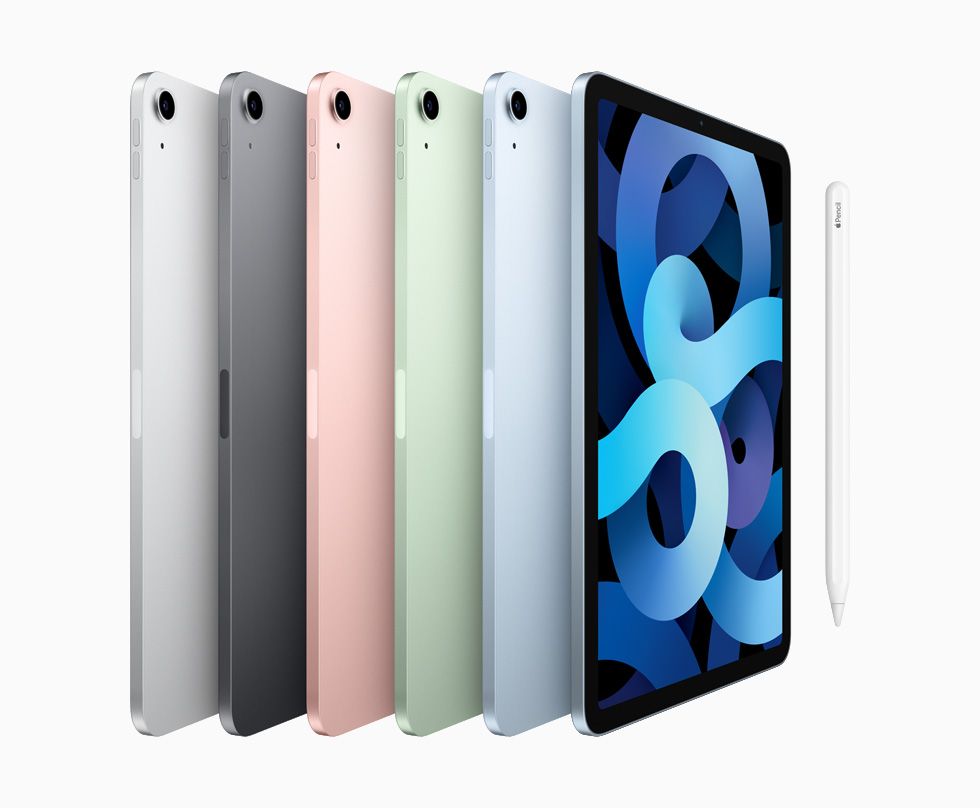
Apple’s recently-released M1 iPad Pros have been grabbing all the headlines. And while they’re excellent machines for people with money to spend and want the best of the best, we’d argue the 4th-generation iPad Air is the better iPad option for most people. The iPad Air (2020) offers the best combination of modern design, flagship specs, and an attractive price tag.
Released in September 2020, this iPad Air is not even a year old, which means its 5nm A14 Bionic chip is still super powerful (it’s basically the same chip powering the iPhone 12 series), and its starting price of $599 is the cheapest a modern, slim-bezelled iPad has ever been (there are even cheaper iPad options further down the list, but those are the old school circular home button types).
While its 10.9-inch screen may feel slightly cramped as a full-time work machine, it’s more than suitable for shorter stretches of work on the go at coffee shops or airport lounges, and it’s arguably the perfect size for fun things like watching NetFlix, playing games or sketching with the Apple Pencil.
The 2020 iPad Air is the best iPad option for most people because it combines power with modern design and a lower starting price.
Best budget iPad: iPad (2021)

As the name implies — just iPad, with no “Air” or “Pro” moniker affixed at the end — this is the vanilla iPad using the old but iconic circular home button design with thicker bezels. While there’s no denying this design looks a bit outdated in 2021 — it still charges via Lightning cable instead of USB-C — this 2021 iPad is still quite capable, with a 7nm A13 Bionic chip (the same SoC used in iPhone 11 series two years ago), and support for Apple Pencil (although the first gen version). Factor in the low starting price of $329, and this is a great option for those on a budget or young students. Do note that the keyboard and Apple Pencil shown in the above photo require separate purchases.
The bare bones base model iPad gets a late 2021 refresh.
Best small iPad: iPad Mini (2021)
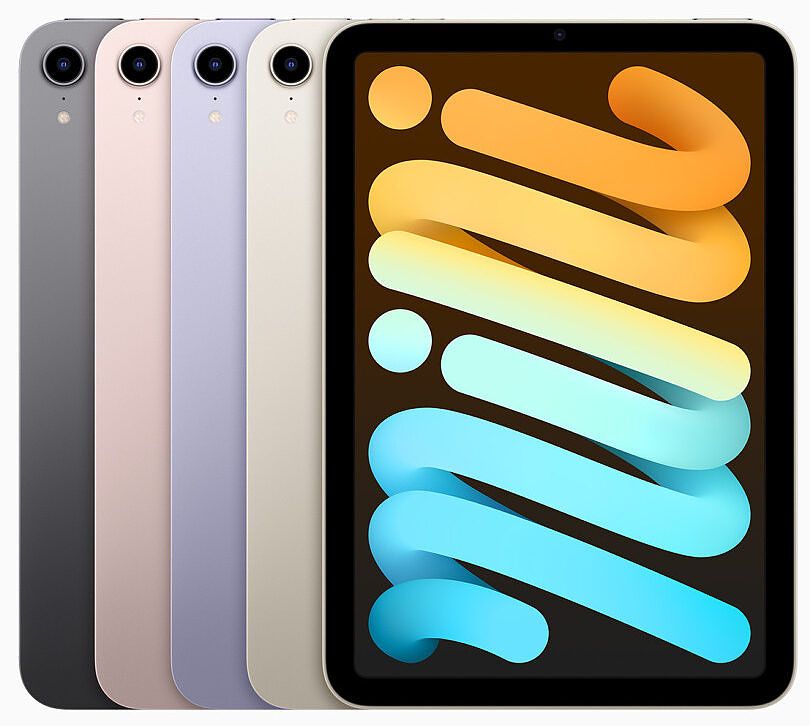
Measuring just 203mm x 135mm x 6.1mm and weighing just 0.6lbs, Apple’s tiny iPad finally got a modern refresh at the iPhone 13 launch event, with slimmer bezels and a home button-less design that matches up with the top end iPad series in aesthetics. The slimming of bezels brings practical benefits too — the iPad Mini 2021 has a larger screen (8.3 inches) than the 2019 model, yet it has smaller dimensions at 195.4 x 134.8 x 6.3 mm. This thing is so petite that when you attach the gen two Apple Pencil to it, the Pencil’s length almost covers the entire side of the iPad Mini.
This means this is a very easy carry for small bags or in one hand. And it’s not lacking in power either, running on the Apple A15 Bionic which will have enough processing power to last you years. And yes, as spoiled in the last paragraph, this new iPad Mini supports the newer gen two Apple Pencil.
Apple’s smallest tablet gets a major physical redesign for 2021!
Best older iPad for value: iPad Pro (2018, 11-inch)

If after reading through this list, you find yourself really wanting the Pro model iPads for that modern slim-bezelled design, Face ID, excellent speakers, and 120Hz screen refresh rate, but find the 2021 models too pricey, you can consider buying the 2018 model which is now on major discount.
The 2018 iPad Pros are the first iPads to get the modern redesign, and it looks very similar to the 2021 models including all the features mentioned in the last paragraph. You do lose out on the M1 chip, mini LED display, ultra-wide camera, and LiDAR scanner, but you’re still getting an iPad Pro experience at a much lower price tag. Pair this with the Apple Pencil and Magic Keyboard and the machine works just as well as the 2021 models in most tasks.
The 2018 iPad Pro was a groundbreaking device at time of release, and today it still holds up very well.
Best iPad Accessory: Apple Pencil (2nd gen)

While there are many excellent third-party keyboard options for the iPad (so users don’t have to buy the official Apple keyboard case unless they want to), there are no real stylus alternatives to the Apple Pencil for the iPad. So if you want to sketch, take notes, or just have a finer point for photo or video editing, the Apple Pencil is the only option in town.
The good news is Apple’s Pencil is really good — arguably the best consumer-grade stylus, with over 4,000 pressure sensitivity points and dozens of excellent creativity apps that support the Pencil.
Do note that the second-generation Apple Pencil only works with the modern slim-bezelled iPads without a home button. If you want a stylus for the iPad Mini or iPad with the circular home button, you need to get the first-generation Apple Pencil, which we’ve listed below.
The Apple Pencil (2nd gen) is an excellent stylus, offering over 4,000 pressure sensitivity levels. It also clips onto iPads magnetically.
Also Great: Apple Pencil (1st gen)

The original Apple Pencil is the one you want if you’re buying it for the iPad (2020) or iPad Mini (2019). This stylus works mostly the same way as the improved generation two versions above, except it cannot attach magnetically to the iPad and has to be charged by removing a cap at the top of the stylus. A bit awkward, but still an excellent tool for drawing and sketching.
The original Apple Pencil is a bit long in the tooth but still the only stylus the older iPads support.
Apple’s iPad is arguably the best machine for both work and play, and every iPad listed here would excel at both. We have a soft spot for the iPad Air for the reasons listed above, but if you have money to spend and want the best of the best, the 2021 12.9-inch iPad Pro has more power than most laptops in the world right now.
The post Need a tablet within your budget? These are the Best iPads right now in 2021! appeared first on xda-developers.


